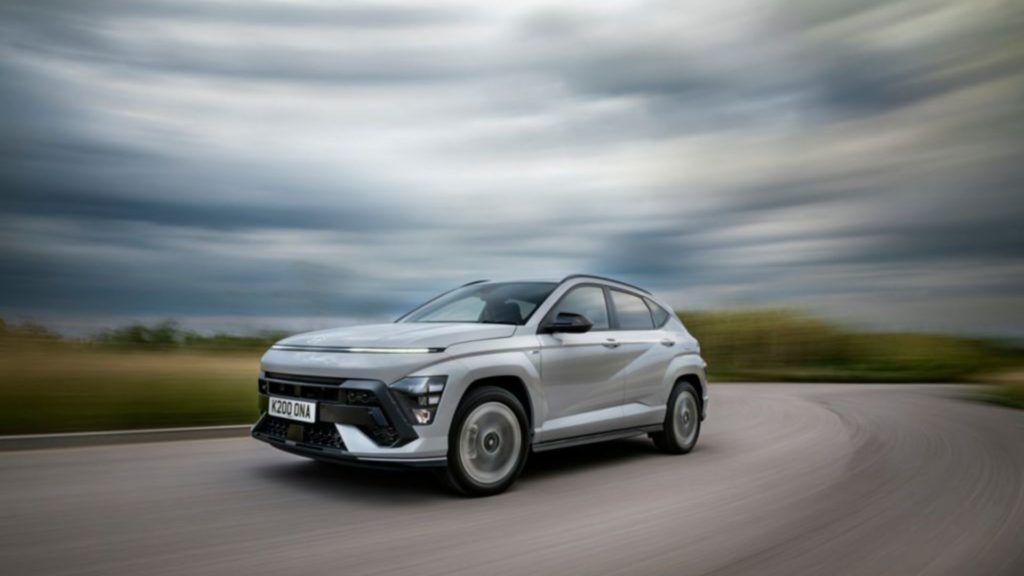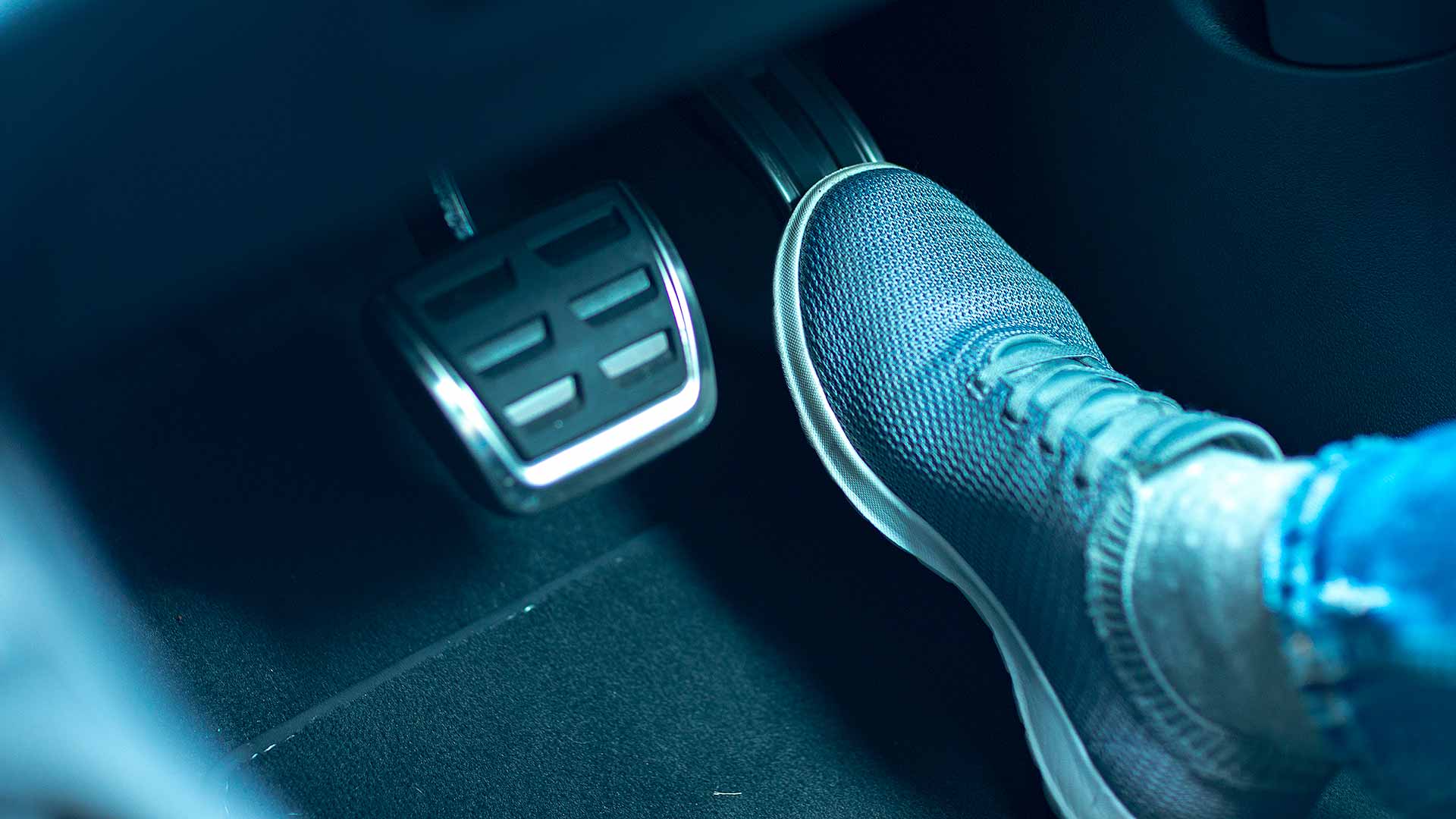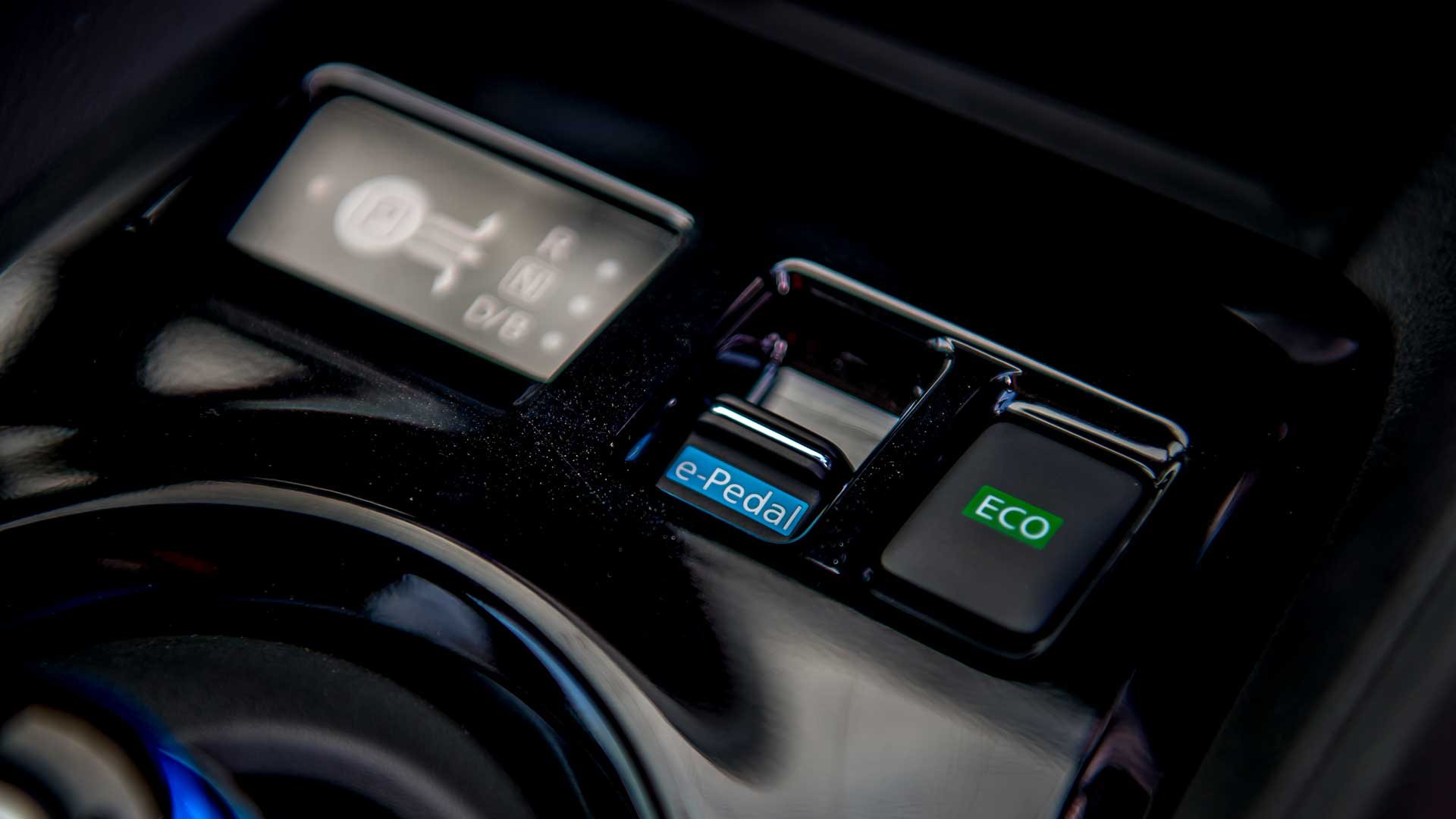A regenerative braking system recovers kinetic energy that would otherwise be lost when you brake. In an electric car, some of this energy can be harnessed by the motor – and that effectively means free electricity and a longer range.
In simple terms, when the driver of an EV eases off the throttle or presses the brake, the electric motor switches from powering the wheels to generator mode. This generator then converts a portion of the kinetic energy into electricity, which is stored in the car’s battery.
In an electric vehicle, drivers can achieve more miles between charges, while hybrid car drivers will experience lower fuel consumption and reduced tailpipe emissions.
It’s worth noting that regeneration doesn’t replace the standard brakes. Before coming to a complete stop, or in an emergency situation, the car’s regular disc brakes will take over to bring you to a halt.
Is regenerative braking really so simple?

Absolutely. If you have ever been on the dodgems, you’ll know that a bumper car immediately starts to slow down when you release the ‘go’ pedal. It’s a similar story in an electric car, albeit with – hopefully – less likelihood of crashing into your friends.
It takes a while to get used to regenerative braking, but once you do it becomes second-nature. The fact that you’re extending the car’s electric range only boosts the feeling of satisfaction.
Regenerative braking is one of the key aspects of eco-driving. Used effectively, it will improve your efficiency and allow you to travel further between charges. For example, if you’re going downhill, easing off the accelerator pedal will activate regenerative braking, helping to offset the energy needed to climb the next hill.
Regenerative brake settings

In many electric vehicles, it’s possible to configure the regenerative braking to suit your personal preferences.
The Jaguar I-Pace, for instance, allows you to choose one of two settings: low or high. In the low setting, the deceleration isn’t too dissimilar to the gradual slowing effect you’d experience in a petrol or diesel car. The Jaguar will travel further before stopping when the accelerator pedal is released.
In the high setting, you will experience a greater level of deceleration from the moment you release the pedal. For the similar system in the i3, BMW claimed the added brake energy recuperation increased range by up to 25 miles.
In theory, you can do more driving using just the accelerator pedal. This is sometimes referred to as ‘one-pedal driving’.
What is one-pedal driving?

Drive an electric car carefully and you may rarely need to use the brake pedal at all – especially at low speeds around town. In the Nissan Leaf, for example, the ‘e-Pedal’ setting allows the driver to set off, accelerate, decelerate and stop using only the accelerator pedal.
The Leaf’s brake pedal itself is a standard affair – e-Pedal mode is activated via a switch on the dashboard. With this engaged, the throttle feels much firmer, allowing you to make more precise inputs.
It takes a while to get used to, but you’ll quickly find yourself spending more time in ‘one-pedal’ mode. Tesla EVs are very easy to drive in this manner, too.
Regenerative braking: the road ahead

The Porsche Taycan demonstrates the next stage for regenerative braking systems. Its Porsche Recuperation Management (PRM) system uses a front-mounted camera to monitor the road ahead.
If the camera sees the way is clear when you release the accelerator pedal, the car will coast for longer. If there is a vehicle in front, it switches to regenerative braking.
Porsche says that up to 90 percent of braking will be achieved via regeneration, but it wanted to present a more relaxed approach for high-speed driving. A sudden jolt when lifting off on a German autobahn is far from ideal, after all.
Amazingly, Porsche also claims you could achieve up to a third of your electric range exclusively from recuperation. With regenerative braking from 124mph (200kph) to a standstill, up to 2.5 miles of range can be recovered.
Slow and steady wins the race

Regenerative braking is another bonus of electric car ownership. Although you will never recover all of the energy consumed in driving the car forwards, harvesting some of it will certainly increase your range – and save you money in the process.
The amount of energy recovered depends on the electric car in question, how you drive, the regeneration settings and the outside temperature.
As an aside, with regenerative braking, you’re not producing any brake dust, which means you are a little closer to achieving 100 percent zero emissions.
ALSO READ:
Electric cars: What is the difference between kW and kWh?

